Patterns
Kits
sundries
knitting tools, buttons and notions, project bags and other pleasing little things
knitting tools, buttons and notions, project bags and other pleasing little things
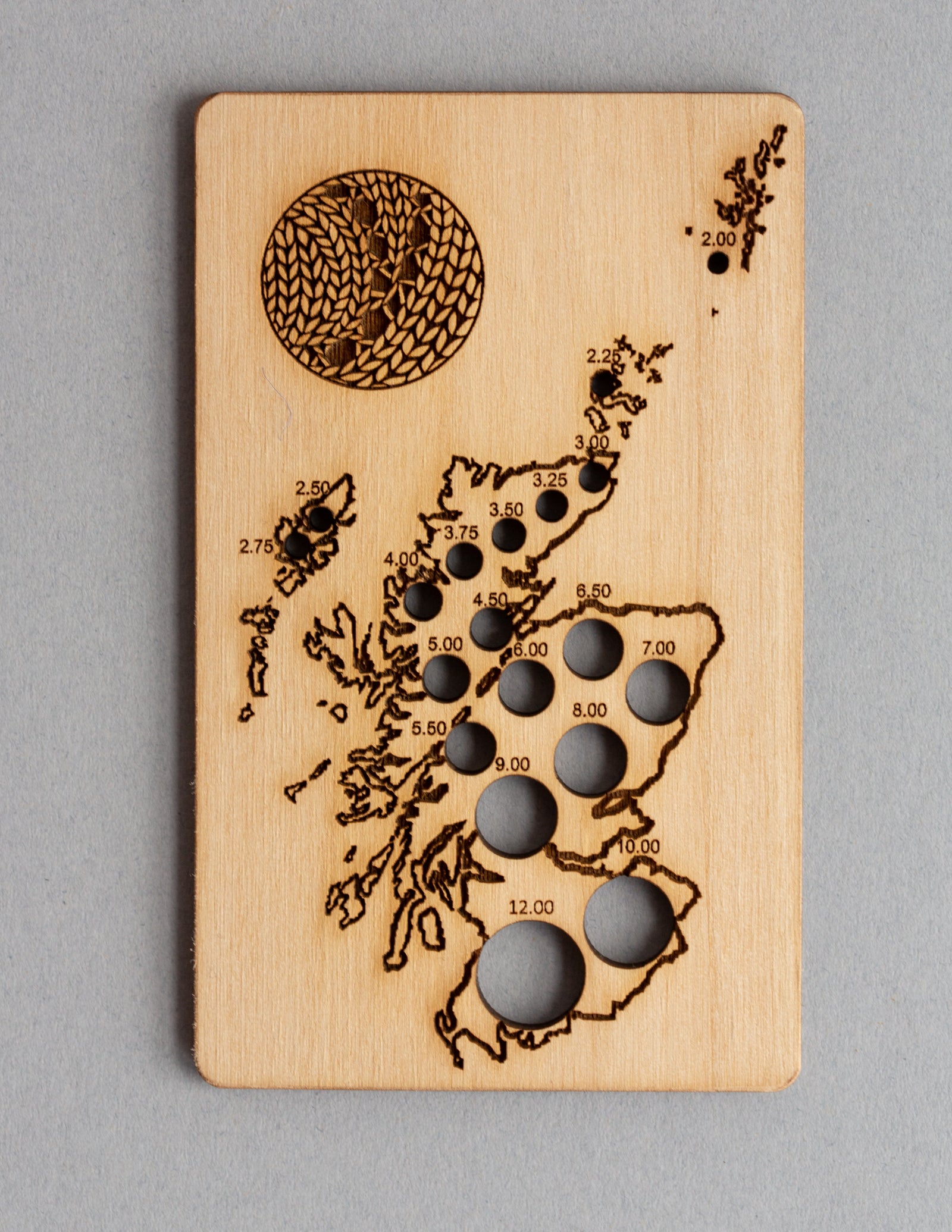
Exclusive Scotland needle gauge by Katrinkles
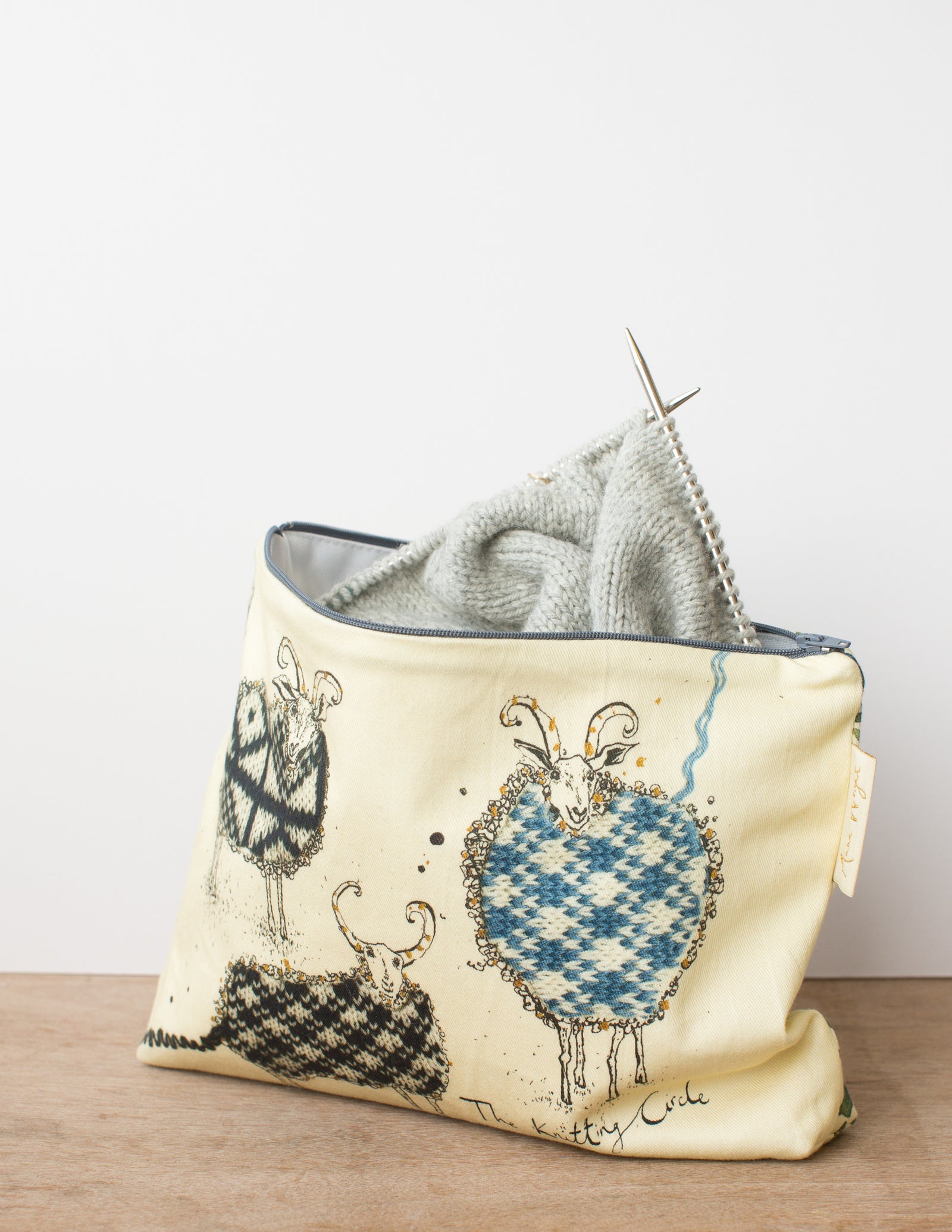
Zippered pouches in two sizes by our studio neighbour Anna Wright
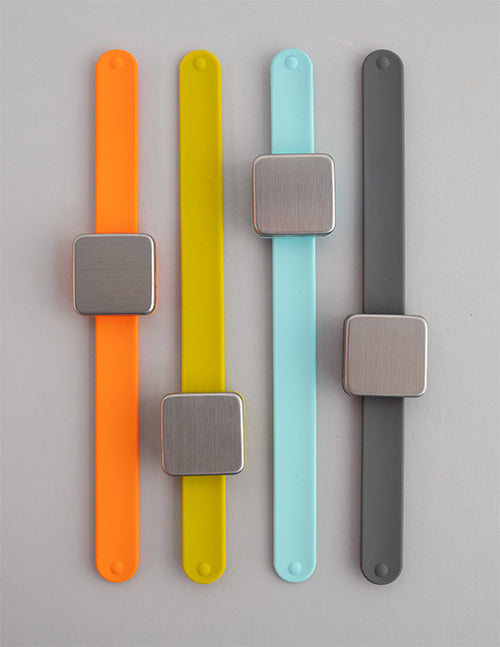
keep small tools accessible with the Maker's Keep
gift 2019
Subscribe to our Colourwork Club for a gift that lasts well into the new year. Your recipient will receive a new colourwork kit in Janurary, February and March
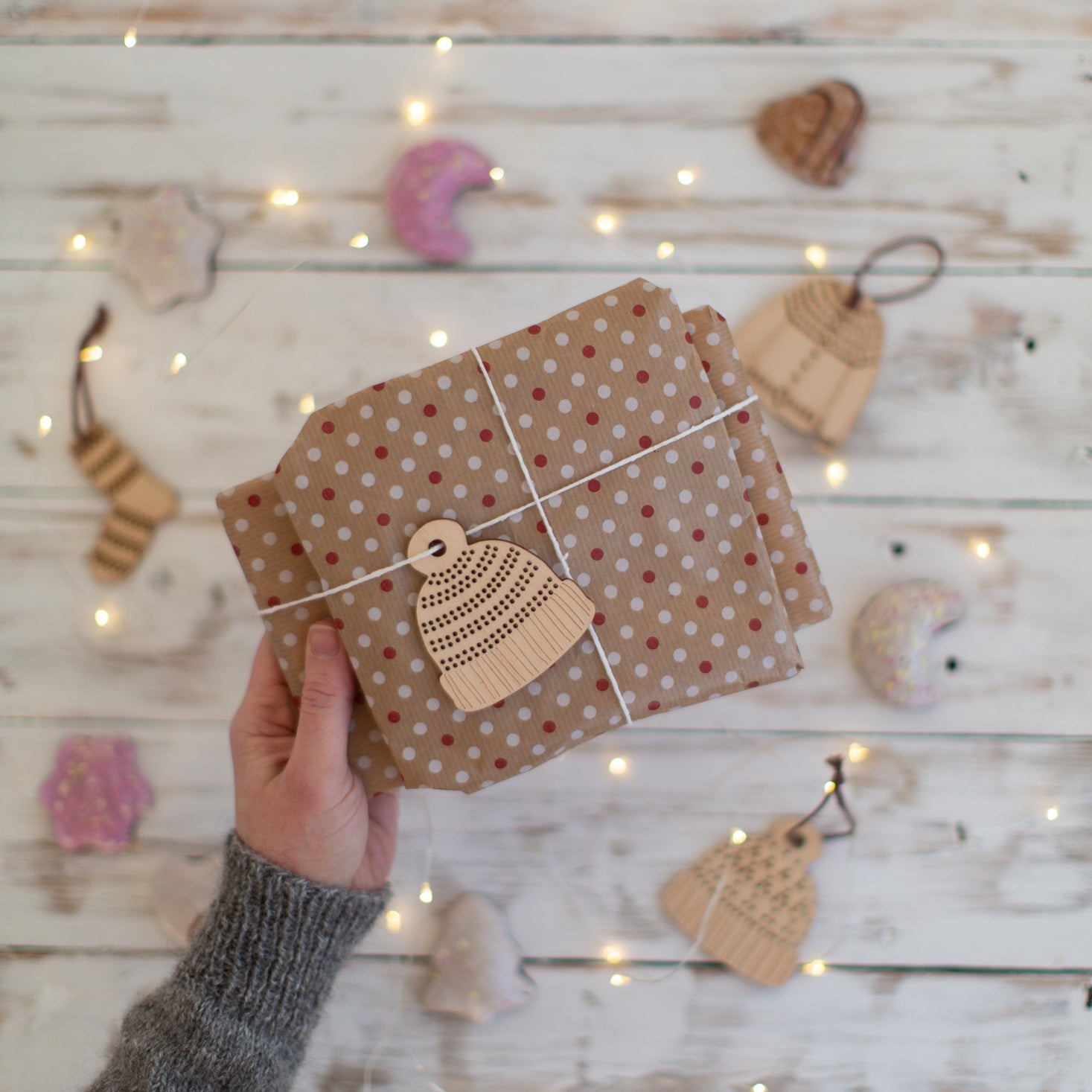
Subscribe to our Colourwork Club for a gift that lasts well into the new year. Your recipient will receive a new colourwork kit in Janurary, February and March
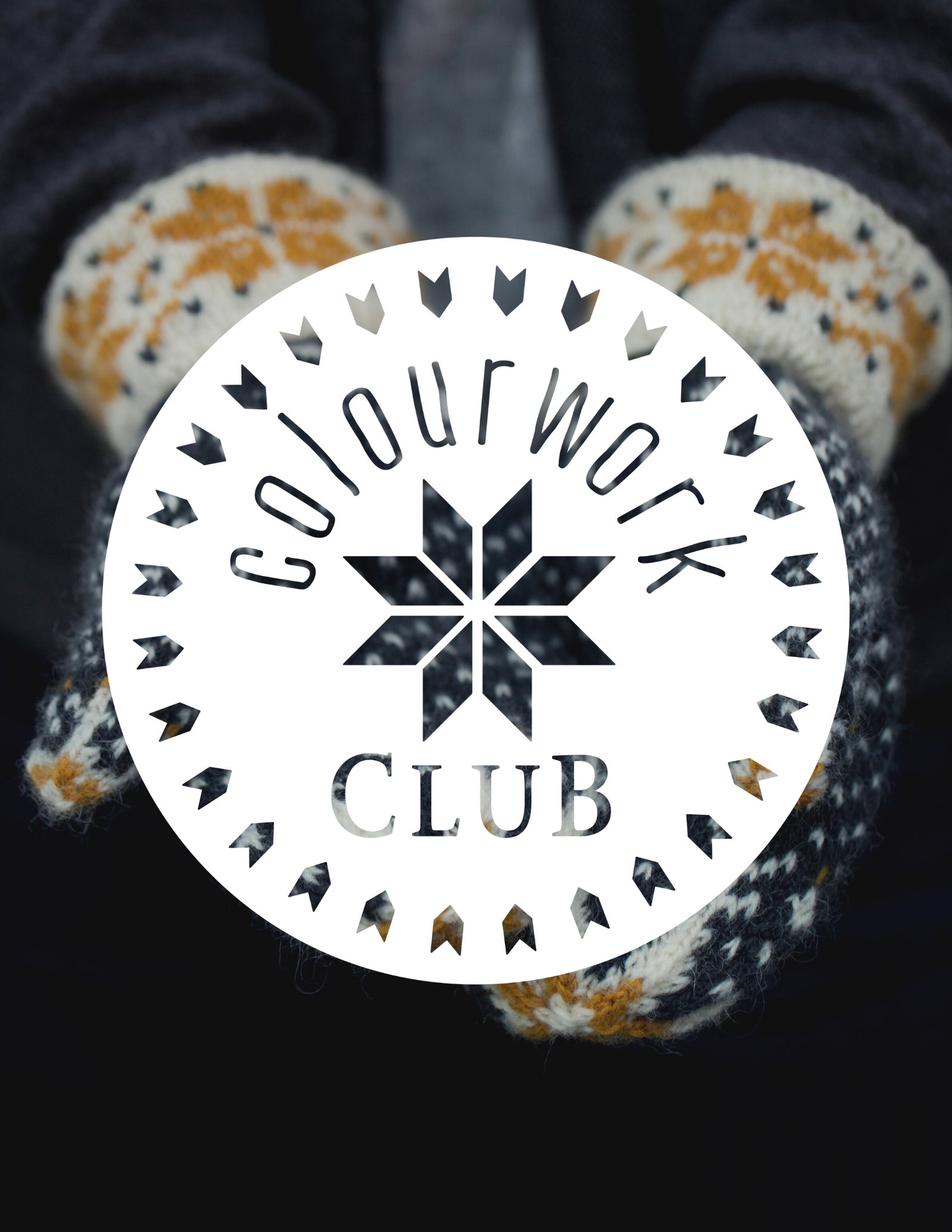
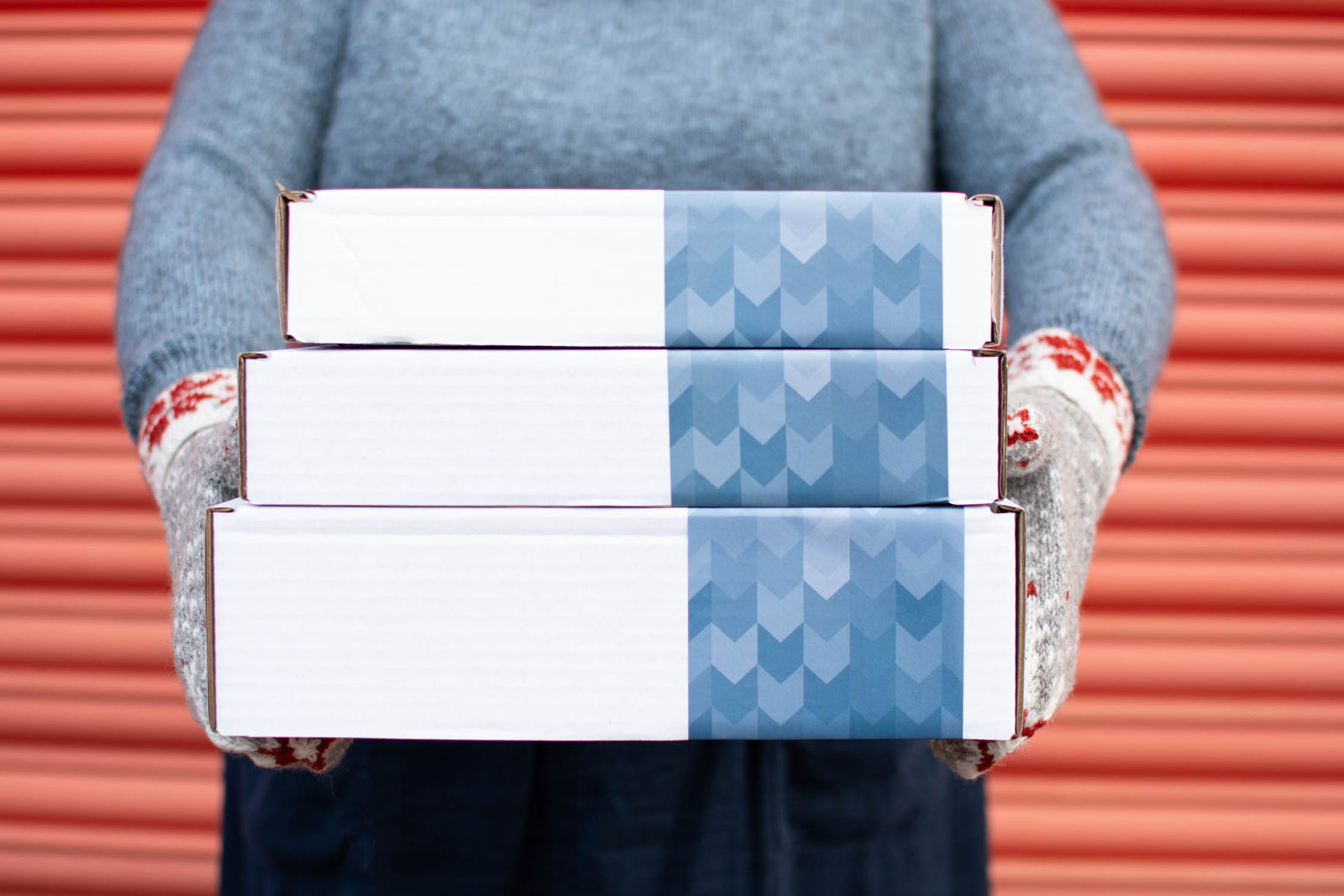
Last minute shopping? Gift cards are delivered electronically - forward the email or print it for your recipient. A range of amounts are available and gift cards don't expire.

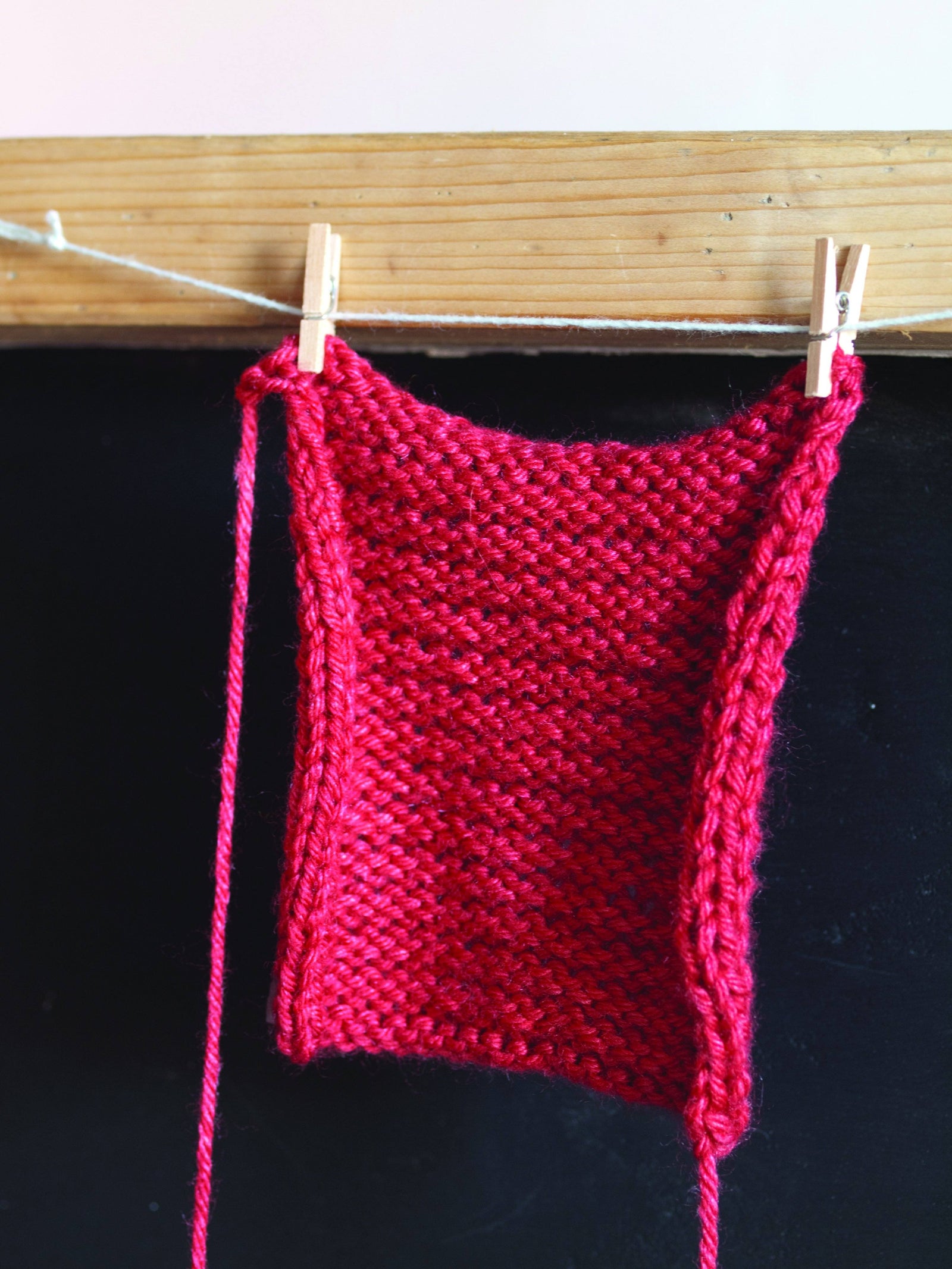
How to swatch for a sweater
February 07, 2019

Swatches lie! One of the most common stories I hear, and one I've experienced myself, is that despite getting the right gauge on the swatch the sweater turned out unexpectedly huge or tiny. It's nearly impossible to control all of the variables that might affect the gauge in the swatch vs the finished garment but there are certainly some things you can do to maximise the honesty of your swatches.
If you can’t maintain a consistent gauge between a swatch and your garment it won’t matter whether you take good measurements or fit the pattern to your body.

Tips for swatching
All of these tips come down to knitting, and then treating the swatch, in a way that best matches how you'll knit, then wash, block and wear your sweater.
- Relax — we've all experienced how stress can affect our knitting tension! Sometimes I see a similar effect when someone is either frustrated by swatching or focusing on knitting technique a lot more than they will be in the middle of a big garment.
- Make the swatch large enough (at least 15cm) so that you are not measuring the stitches at the edges.
- Wash the swatch, many yarns grow when wet and don’t spring back completely
- Swatch in the round if all or part of the sweater is in the round. Here's a tutorial for my favourite way to do this.
- Swatch main stitch patterns.
- The gauge in a pattern is the final gauge on the sample garment. It might not be the same as the gauge while knitting
How do I keep track of the needle size I used?
I'm awful at this! I've had to redo so many swatches after calculating a new design because I know my gauge but not the needle size I swatched with. I try to always work the needle size into the swatch, so that there aren't any notes to lose track of.
I use a simple code = an eyelet is a whole size and a purl stitch is a quarter mm (if you use US sizes you could make purls a half size)
For the eyelets I just work a yarn over followed by a knit two together.

Which stitch pattern to swatch in?
If your sweater is worked entirely or mostly in stockinette that's an easy question to answer. How should you swatch if the design is worked in a different stitch pattern or multiple stitch patterns?

Sometimes a pattern will give gauge information for more than one stitch pattern. This is useful but your individual knitting style can make a big difference to how much yarn you put between knit and purl stitches, how big your yarn overs are, etc. All of those little variations can mean that two knitters might get the same gauge in stockinette but different gauges in a lace pattern, despite using the same needle size for each one. The best advice if you run into this issue is to think about which pattern dominates the sweater. If there is a really big difference you might also want to take a closer look at your technique. Sometimes you can also use different needle sizes, even if the pattern doesn't direct you to: a good example of where you might need to do this is using a larger needle size on a stranded colourwork yoke than for the plain sections.
Here's a tutorial on how to swatch and measure your gauge in a stitch pattern.
Final gauge vs 'on the needles'
Treating the swatch like the sweater doesn't just mean knitting it in the way you'll knit the garment, it also means doing anything you'll do to the garment to the swatch. The needle size you use should be whichever size gives you the correct final gauge. However, I do recommend measuring the gauge before washing so that you can check that your sweater on the needles is on the right track, particularly useful if you tend to work on a project intermittently. Not all yarns will change gauge when washed but you it's common enough that I always check - I'd rather invest a little more time at this stage than get a nasty surprise at the end.

How to wash and block the swatch
The crucial thing to remember when blocking a swatch, especially if you knit a lot of lace, is that you don't need to stretch the fabric out. Let the swatch soak for a while, squeeze the water out with towel and lay flat to dry.
Drapier fibres, especially those that don't have a lot of crimp and natural elasticity that holds the fibres together and allows them to spring back when stretched out, have a tendency to grow over time. This is largely caused by gravity: the weight of the garment pulls the fabric downwards over time and it doesn't spring back. Even if you make your swatches nice and big there simply isn't enough fabric to mimic the effect of the weight of a garment so if you are concerned that the fabric will grow it's a good idea to test the swatch by hanging it up and adding weights.

Measure the gauge after taking it down and letting it relax a little.
How big should my swatch be?
Probably bigger than you've doing! Patterns tend to give gauge over 10cm / 4" but if you cast on that number of stitches you'll never end up with a square the right size. The stitches on the edges get too distorted. The bigger the swatch, then the more accurate it will be, but I find that about 15cm / 6" (in both directions!) is a good balance between sufficiently accurate and a swatch size that you'll actually do.
If you think my attitude to swatching sounds intense have you read Catherine Lowe's book The Ravell'd Sleeve? There are 29 pages more or less dedicated to swatching, but here's what she has to say about size:
"For the purpose of couture knitting and for any knitter who wishes to ensure the most accurate gauge measurements possible, the gauge swatch should measure at a minimum 10" x 10" / 25.5cm / 25.5cm, and preferably 12" x 12" / 30.5cm x 30.5cm.
At this size, a swatch will reproduce those technical idiosyncrasies that will determine the actual knitting gauge as the garment pieces are fabricated; the increased size of the swatch will likely oblige the knitter to those same manipulations of the working yarn and the needles involved in starting and stopping an actual garment piece; and the size of the swatch will also duplicate to a perceptible degree the effect the increasing weight of the knitted fabric will have on its gauge." (p. 47)
How do I swatch in the round?
First of all, unless you're specifically swatching for sleeves (and you might want to do that) don't knit a tube. For a swatch sized tube you'd be knitting with dpns, magic loop, 2 circulars, etc. No matter which method you prefer for knitting small circumferences in the round, I find that almost every knitter I've met knits tighter than they do when there are enough stitches to comfortably fit around a longer needle, like you'd be doing on a sweater body.
That might mean that you do want to swatch separately for sleeves knit in the round, or find you routinely need to go up a size for them.
It also means that we need another way to swatch in the round for the rest of a garment.
The major reason that gauge can differ between knitting stockinette flat and knitting it in the round is that when knitting flat you're knitting and purling. Most knitters have a small (or large!) difference between their knit and purl gauge. I knit swatches for garments in the round kind of like a giant i-cord — the result is a flattish swatch of stockinette where all rows are knit. Here's a more detailed tutorial on that method.
Also in Journal
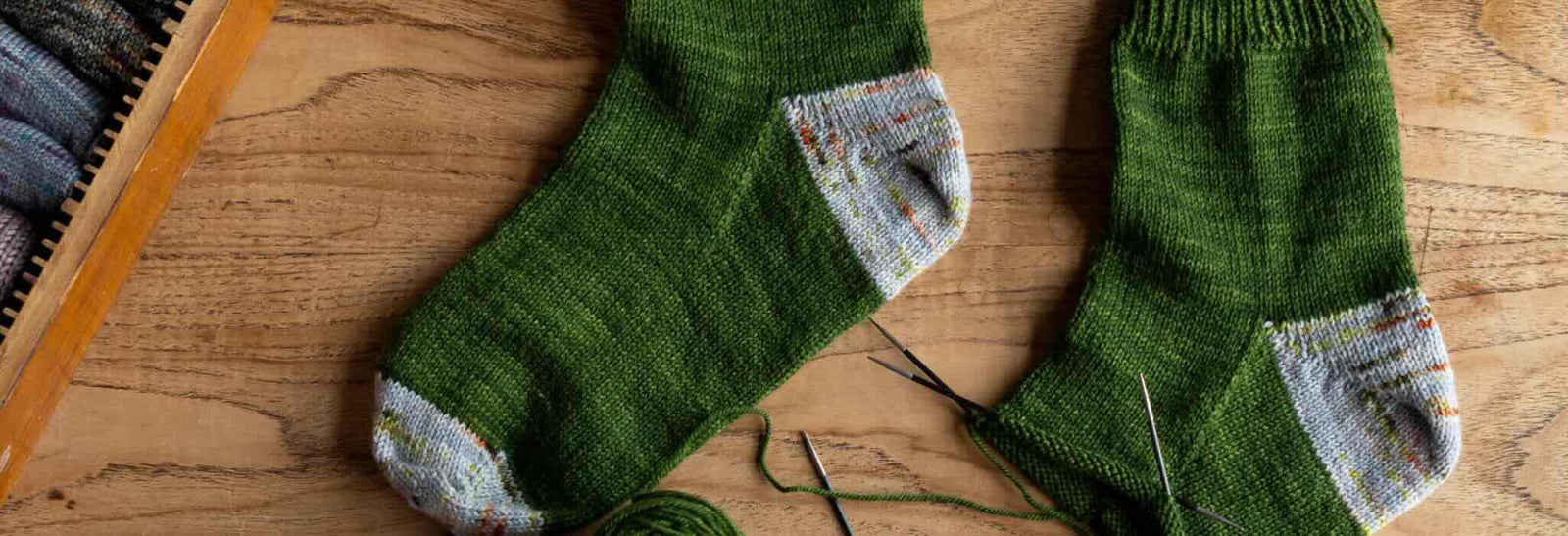
Deep Shadow Heel Tutorial
September 25, 2025
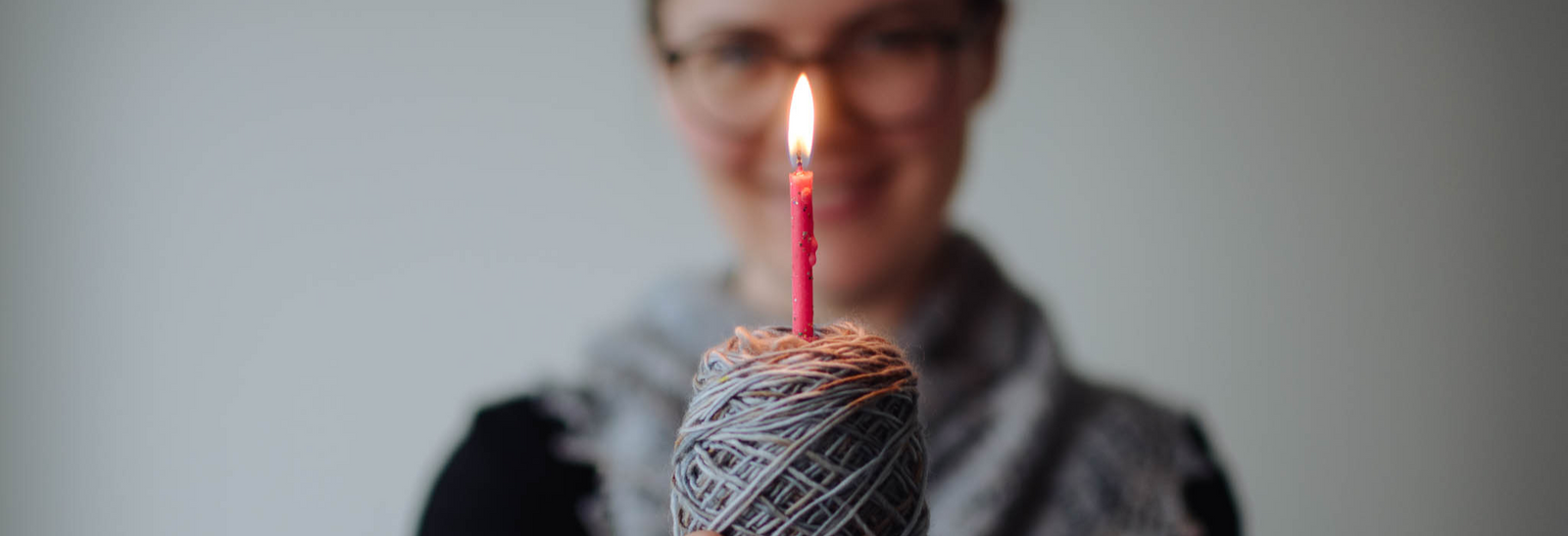
20 Years of Ysolda Knitting Patterns: Part 2
June 23, 2025
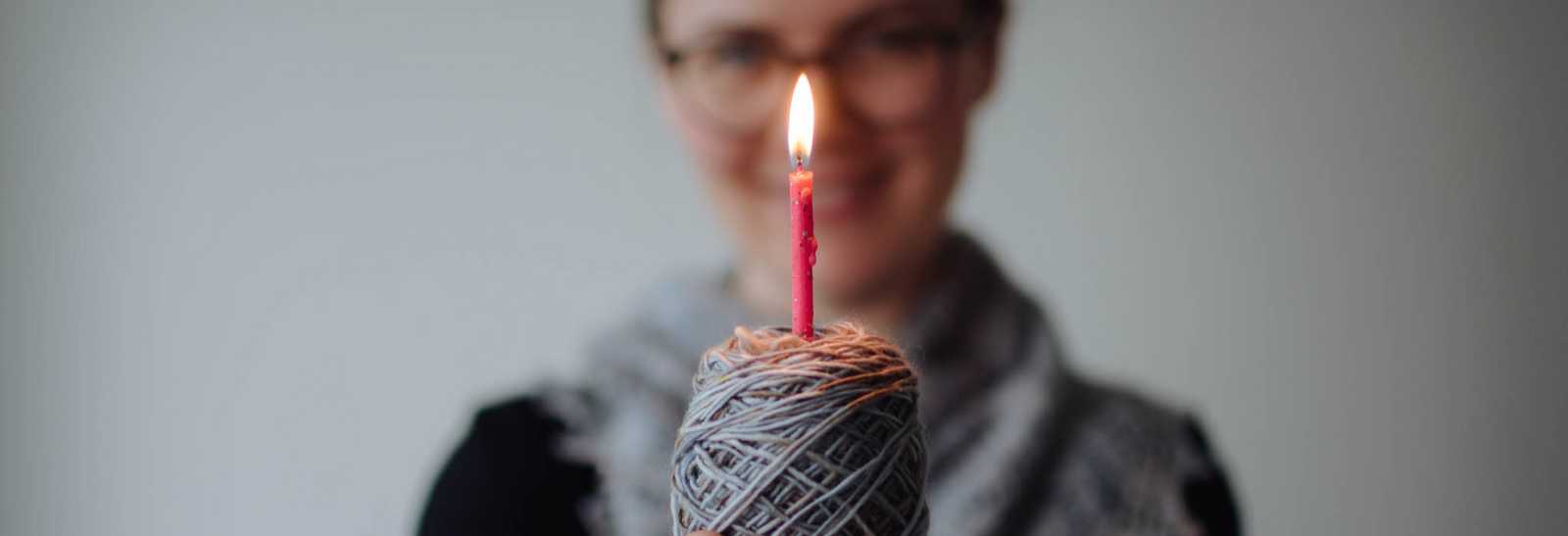
20 Years of Ysolda Knitting Patterns: Part 1
June 19, 2025
Recent Articles
-
Deep Shadow Heel Tutorial
September 25, 2025
-
20 Years of Ysolda Knitting Patterns: Part 2
June 23, 2025
-
20 Years of Ysolda Knitting Patterns: Part 1
June 19, 2025
-
Learn to Knit: Mattress Stitch
March 29, 2023
-
How to Knit a Scarf: A Beginners Guide to Scarf Knitting
March 23, 2023
-
Learn to knit: the long tail cast-on
February 03, 2022
-
How to Graft Your Knitting
December 09, 2021
-
Crochet Provisional Cast-on
December 02, 2021
-
Learn to knit: How to knit in the round with double pointed needles
November 25, 2021
-
Learn to knit: How to knit in the round using the magic loop technique
November 25, 2021
Free resources
-
KALS, step-by-step pattern guides and free patterns
Learn brioche with the free Daniel's Hat pattern
Tombreck - a free chevron beanie pattern
Working the brioche neck detail on the Polwarth sweater
Installing a zipper and ribbon, finishing wee Carson
Yarn colour ideas for Threipmuir sweater
Additional colourways for the Joy mitts (choose your pride flag)
How to join the shoulders on Wardie
How to join the pockets on Granton and Wardie
Finishing Resources for Granton
Broughton mittens tutorial part 1
Broughton mittens tutorial part 2
Broughton mittens tutorial part 3
Basics
Casting on
Decorative Channel Island Cast-on
Binding off
3 Easy Stretchy Bind-offs (p2tog bind-off; k2togtbl, k1 bind-off; Jeny's surprisingly stretchy bind-off)
Tubular Bind-off for brioche stitch
Increasing
Paired increase methods compared
How to continue in pattern while increasing and decreasing
Decreasing
Brioche stitch double decreases
Knitting in the round
How to Knit in the round using Magic Loop
How to Knit in the round using DPNs
Short rows
Swatching and gauge
Tips and tricks
Avoiding ears when binding off
Tighter purl stitches for neater cables and ribbing
Cabling without a cable needle
How to knit more symmetrical yarn overs
Bust darts in sweaters with all over stitch patterns
A magic formula for evenly distributing shaping
Superwash v Non-Superwash Wool
Picking up sts from the middle of the fabric
Reading knitting patterns
Understanding "continue in pattern"
Help! Where am I in my knitting project?
Using charts, even if you hate them
Finishing
Garment knitting
Joining the body and sleeves on a seamless bottom up sweater
Sizing
Ysolda’s sizing chart for knitwear designers
Inclusive garment knitting
How to pick a garment without a model for you (specifically addresses finding garment patterns when your gender identity isn't represented and the styles you want to knit might not be sized to fit your body)
How does ease affect inclusive size ranges?
Specific stitch patterns
Lace
Identifying and fixing mistakes in lace knitting
Colourwork
Getting started with stranded colourwork
Understanding colour dominance
Working stranded colourwork over small circumferences
Decreases in stranded colourwork
Holding the yarn for stranded colourwork
Ladderback Jacquard (a neat way to deal with long floats)
Cables
Cabling without a cable needle
Cabling without a cable needle on the wrong side
How to knit cabled decreases
Closed ring cable increases and decreasesBrioche
How to work brioche stitch in the round
Other crafts
Cross stitch
How to begin your first large cross stitch project
How to finish a cross stitch project with an embroidery hoop frame
Mending

Sign up today
Find out the latest news from the studio such as sales, pattern releases, and new workshops or KALs our learning community, The Knitwork. We also share helpful tips and exclusive subscriber discounts...





